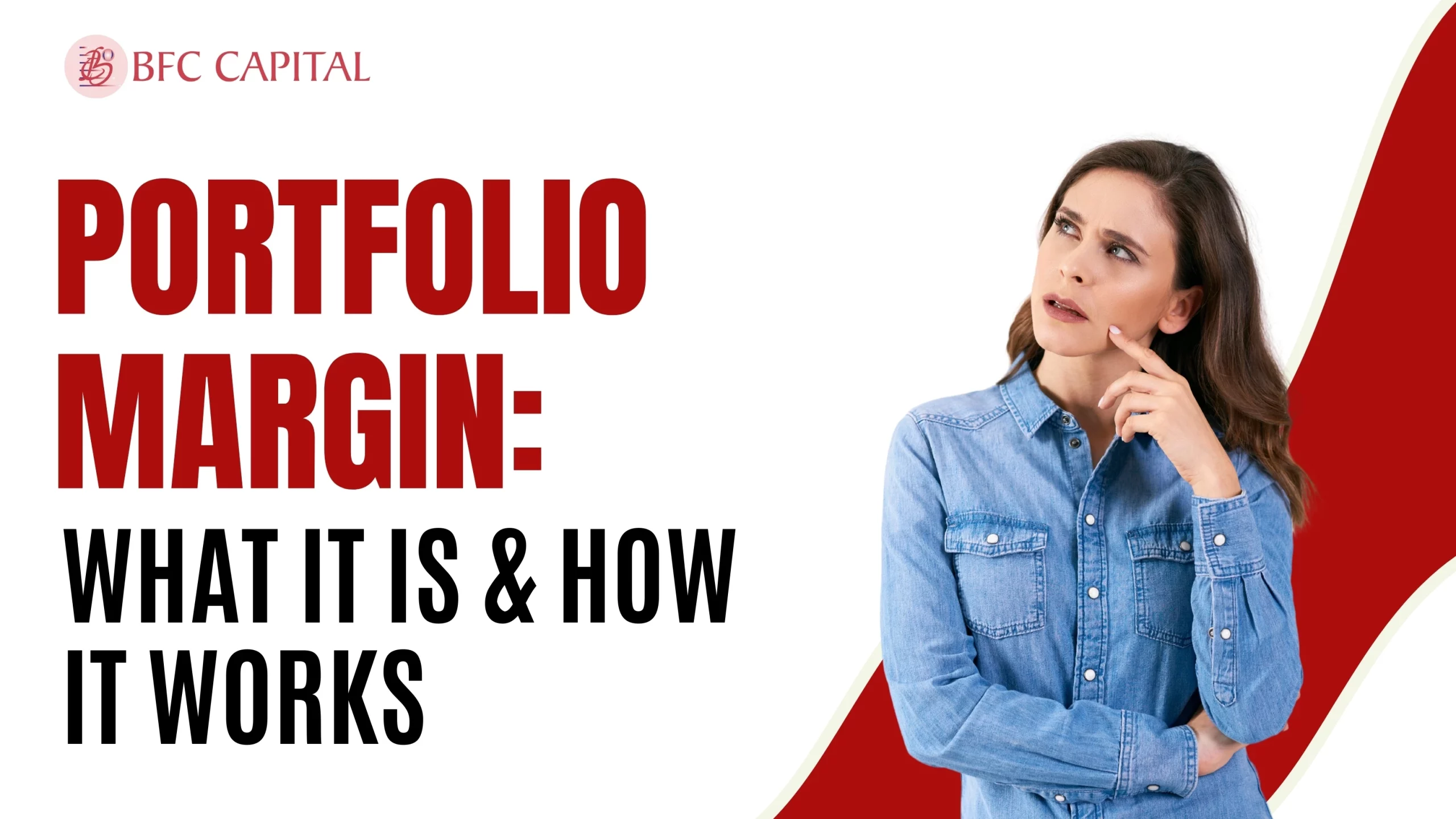
Have you ever given thought to growing your wealth without any constant pressure of fluctuations in the market and intricate stock picking? Looking for such options, then start investing in passive mutual funds – an option where everything is simplified and the focus is on cost-effectiveness. You can invest in a fund that offers you stable returns with minimal effort despite market fluctuations. Ready to know how these funds work, their benefits and the risks associated with these funds? Let’s get going!
Understanding Passive Mutual Funds
A passive fund is a type of fund that moves in positive correlation with a specific market index to enable a fund to obtain the highest possible returns. The fund manager does not decide which stocks should form the fund but aims at mimicking the tracking a particular performance, hence making it quite the opposite of the active fund, and so, the passive funds are less complex to use than the active funds. Furthermore, passive funds are suitable for a new investor since you do not have to look for the best-performing fund.
How Does a Passive Mutual Fund Work?
Passive mutual funds are those where the fund manager invests the money in securities in proportions similar to the market index, to emulate the market rate of return. In India there are mainly track indices such as Nifty 50, Sensex, Nifty Next 50 and so on. While it is not actively involved in selecting its securities in the share market, the fund manager merely mirrors the index.
Passive funds offer an inexpensive and transparent method of achieving diversification and some market exposure for investors. It is suitable for those who want exposure to various market indices in a bid to accumulate wealth in the long term rather than to outperform the market. Currently, there are passive funds that have been launched by major fund houses like UTI, SBI, and HDFC tracking various indices. The concept of passive fund indexing assists in achieving a return that relates to the market by focusing on long-term investors in India.
Types of Passive Mutual Fund
1. ETFs
Exchange Traded funds (ETFs) are another form of passive funds and have features of both the stocks and mutual funds. They are listed on stock markets and enable buyers to own a portfolio of securities such as stocks and bonds. ETFs also can be purchased and sold during the trading session and have high market flexibility and marketability similar to stocks. To invest in an ETF, an investor needs a Demat account for all transactions.
2. The Index Fund
Another type of passive fund is an index fund which is an investment fund that is aimed at emulating a certain market index’s returns. These funds gradually build their portfolio by buying the same stocks in the same proportion as the target index. Unlike most mutual funds, index funds aim at emulating the performance of the selected index and offer an effective means through which an investor can invest in a broad market or segment of it.
3. Smart Beta
Smart Beta is another type of fund management that brings a combination of active and passive strategies. These funds use a quantitative approach that merely relies on criteria like value, quality, or momentum to create an investment portfolio that would be different from a market capitalization-weighted index. Smart Beta investigates ways of generating excess returns over the benchmark index, at the same time providing the efficiency of passive funds, as they have fixed rule-based strategies and generally have lower expense ratio compared to active mutual funds.
4. Fund of Funds
A passive fund that invests indirectly in other mutual funds rather than directly in the stock of other businesses is called a Fund of Funds (FoF). A FoF collects money from different sources and offers diversification concerning asset class, industry, and geographical region. By choosing index funds that match the investor’s risk appetite, the fund manager can invest in such passive funds from the same or other fund houses. By investing in FoFs investors get an opportunity to diversify their investment thus minimizing their risk.
Risks Associated with Passive Mutual Funds
Here are some of the main risks associated with passive mutual funds in India:
- Market Risk: They mimic a particular index and aim to provide similar returns to that of the index. As a result, the fund reflects market fluctuations to the extent that they exist. The value of passive funds will also decline during market declines.
- Index Tracking Error: Index tracking could be distorted due to various factors for eg. transaction costs, fees, and differences in timing, which prevent the fund from exactly replicating the index performance.. The main implication is that it causes index tracking distortion which departs the performance of the fund from that of the index.
- Liquidity Risk: Despite the above advantages, there could be problems with liquidity if the securities that it invests in are not very liquid in the secondary markets. This is especially the case with passive funds investing in relatively inactive markets, like less liquid indices.
- Performance Drag: When the index constituents are altered, portfolio adjustments have to be made and this results in some transaction costs that drag down returns.
Therefore to summarize the risk associated with the passive funds, although the passive funds are relatively cheaper due to the minimal management of the fund managers, it is very important to mention that they also come along with certain risks to the investors.
Benefits of Passive Mutual Funds
- Lower Costs: Investment products such as ETFs, index funds, costs less than actively managed funds. This is because the investment team has an almost negligible task of choosing the stocks to invest in and the time to do so given that they merely need to monitor the changes in the composition of the benchmark indices. As such, it entails low charges for fund management as well as low transaction costs, hence lower costs of investment to the investors.
- Diversification: Investing with a passive investment strategy provides the same benefits of diversification across the market segments through a single investment product, as benchmark indices are designed to have an overall market representation, comprising different sectors and segments of the market.
- Removal of Unsystematic Risk: Systematic risk refers to the possibility that market fluctuations would arise from modifications in macroeconomic variables such as current account deficit, economic growth, etc. A risk that is not associated with a systematic risk is called an unsystematic risk. Stated differently, it refers to the potential risk associated with choosing the incorrect investment products or timing investments in a mutual fund scheme. Investors bear less of this risk because the fund managers do not have the same flexibility as the passive investment technique is much more diversified.
Bottom Line
Passive mutual funds are a smart and simple way to grow your money. With this fund, you can navigate the market more smoothly. It is associated with lower costs, great transparency, and portfolio diversification.
Looking to take the first step towards your safe, secure and rewarding investment journey? Then read the above information carefully. Start exploring and experimenting with passive mutual funds.
Please share your thoughts on this post by leaving a reply in the comments section.
Also, check out our recent post on: “What is Rupee Cost Averaging in SIP & How Does it Work?“
To learn more about mutual funds, contact us via Phone, WhatsApp, Email, or visit our Website. Additionally, you can download the Prodigy Pro app to start investing today!
Disclaimer – This article is for educational purposes only and by no means intends to substitute expert guidance. Mutual fund investments are subject to market risks. Please read the scheme related document carefully before investing.

Assistant Vice President – Research & Analysis
Akash Gupta heads the Research & Analysis department at BFC CAPITAL, where he combines in-depth market insights with strategic analysis. He holds multiple certifications, including:
- NISM-Series-XIII: Common Derivatives Certification
- NISM-Series-VIII: Equity Derivatives Certification
- NISM-Series-XXI-A: Portfolio Management Services Certification
- IRDAI Certification
With his expertise in equity, derivatives, and portfolio management, Akash plays a key role in providing research-backed strategies and actionable insights to help clients navigate the investment landscape.





